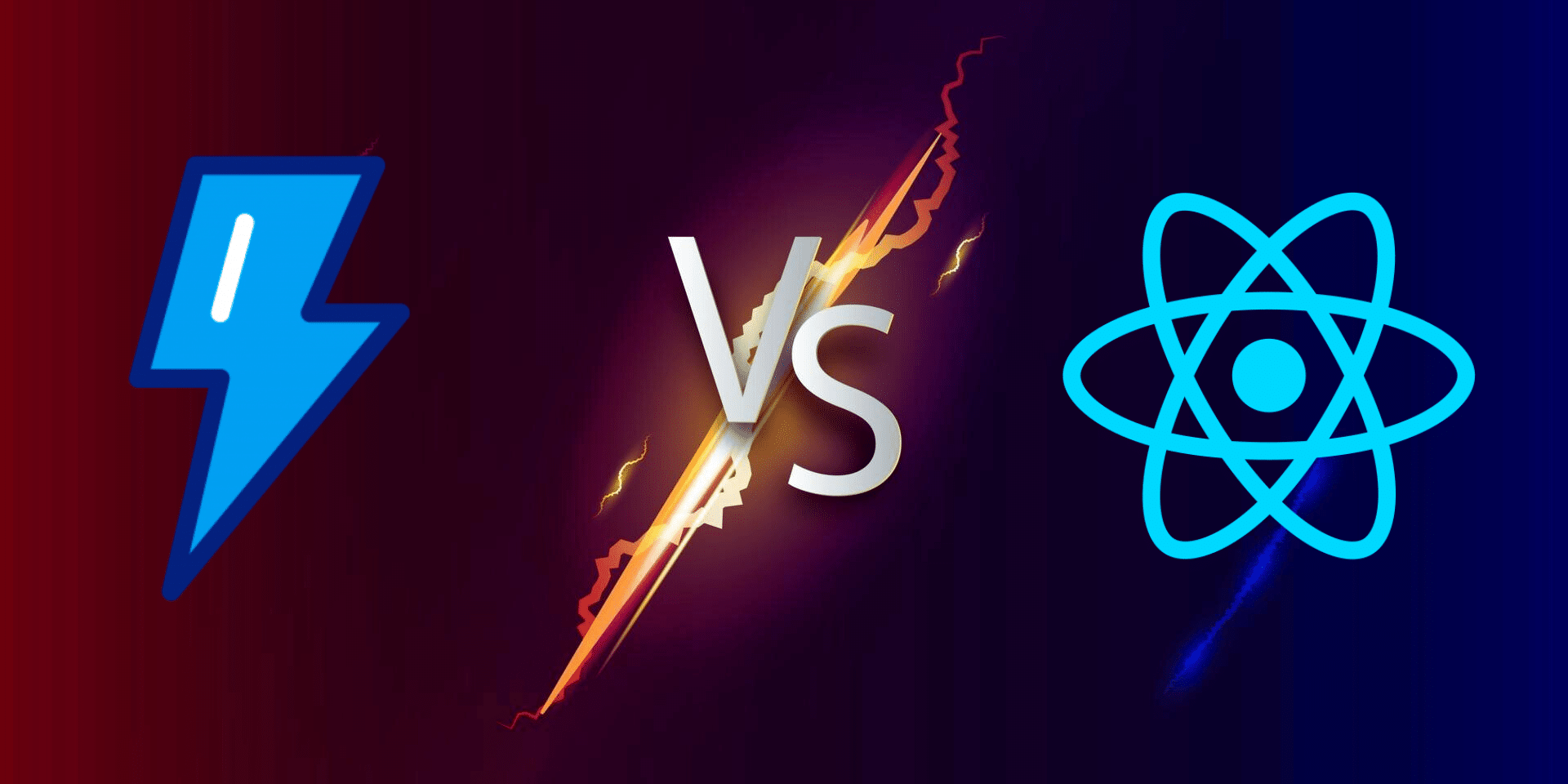Comparing Lightning Web Components (LWC) and React, two component-based UI frameworks, reveals distinct differences. React, an open-source library, enjoys a vast and diverse community, making it adaptable to web and mobile applications. LWC, on the other hand, is Salesforce’s proprietary framework for web apps within their ecosystem, hence tailored to its requirements.
React uses JavaScript with JSX, and its learning curve can be steep, but it offers immense flexibility in component structure. LWC uses ES6 and resembles HTML, which results in a gentler learning curve, suitable for those familiar with web development.
Regarding state management, React allows the use of third-party libraries like Redux, while LWC has built-in state management mechanisms customized for the Salesforce platform.
Performance-wise, React excels due to its virtual DOM, which optimizes rendering. LWC is designed to perform well within Salesforce, but its optimization may not be as universally applicable.
React’s broader adaptability and versatile use in different environments make it a popular choice for web development. LWC, in contrast, caters specifically to Salesforce integration, making it the go-to option for developers in that ecosystem.
In summary, choosing between LWC and React depends on your project’s ecosystem and specific requirements. React offers versatility and a wide community base, while LWC is ideal for Salesforce-focused applications.


